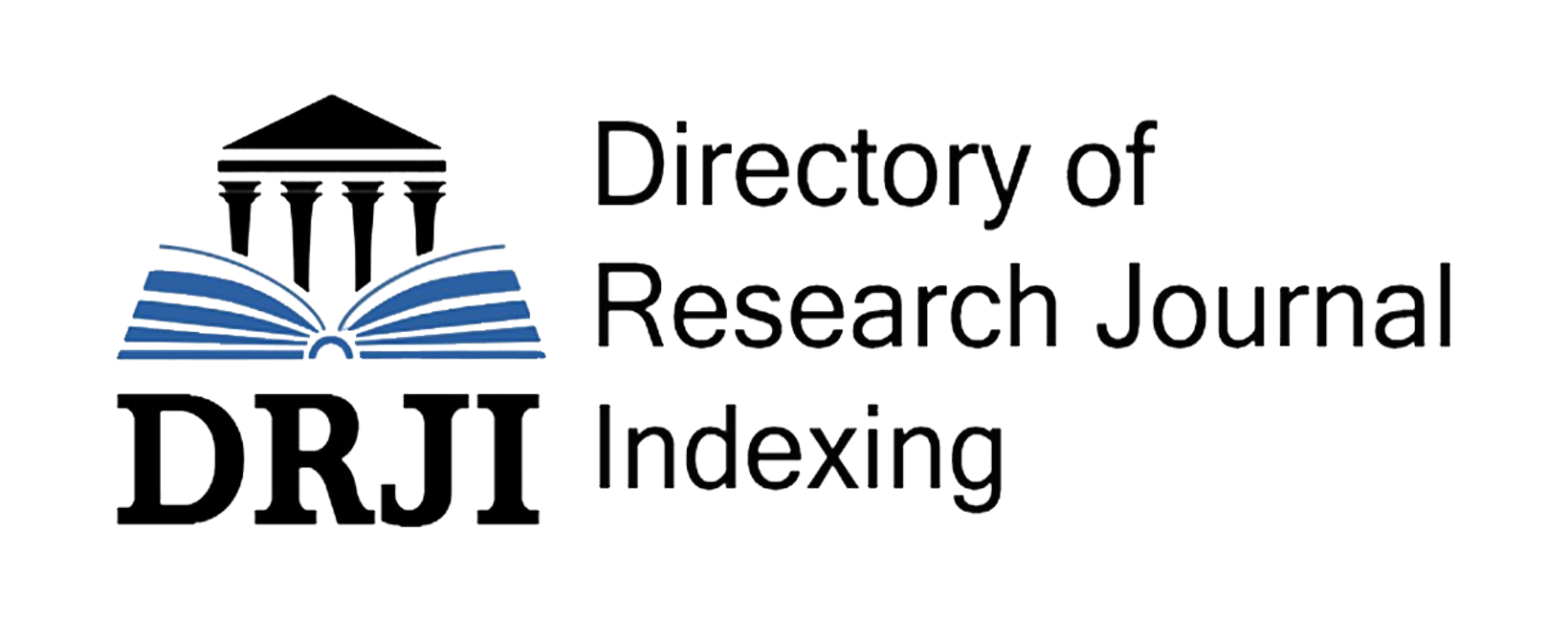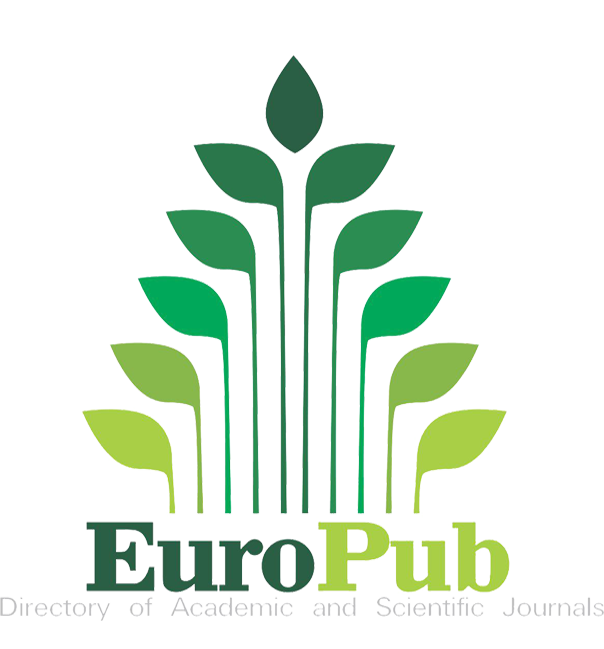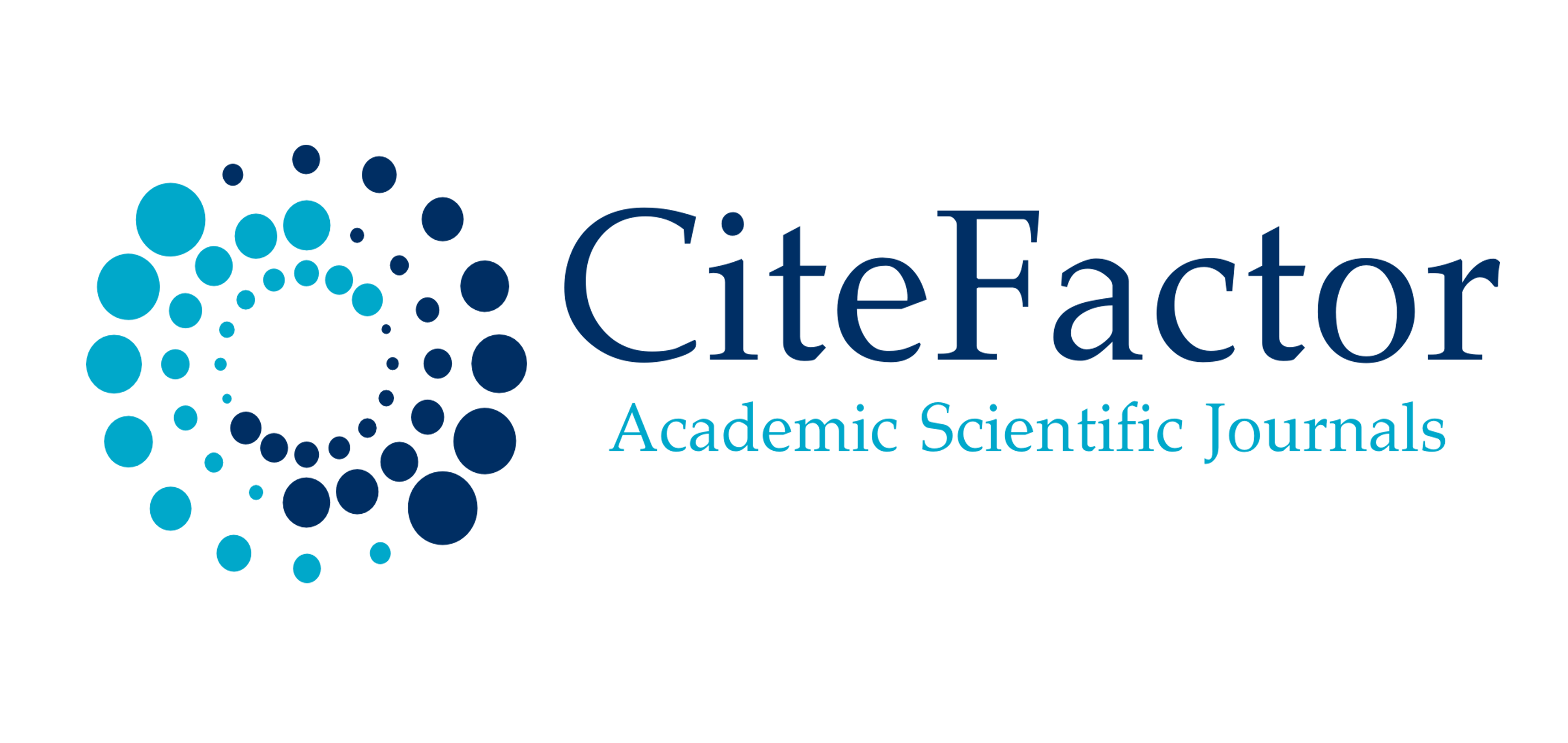LEXICAL AND GRAMMATICAL FEATURES OF THE TRANSLATION OF IT TERMS
Keywords:
IT terminology, dynamic, transliteration, transcription, kalka translation, interpretive translation, neologisms, syntactic and structural, HTML, ADC, ASP, gender and number agreementAbstract
Translating IT terms requires a deep understanding of both the source and target languages, as well as familiarity with IT concepts and terminology. Balancing lexical accuracy with grammatical correctness ensures that the translated text effectively communicates technical information to its audience in the target language. In this model of article, we will see how these features are learned, what kind of issues we can overcome, and both grammatical and lexical features are discussed. By mastering both lexical and grammatical features of translating IT terminologies, translators can effectively bridge language barriers in the dynamic and ever-evolving landscape of technology.
References
Madaliyevna, I. S., & Khasanovna, G. D. (2021). Comparative study of “assessment system” in the semantic field of “education”. ACADEMICIA: An International Multidisciplinary Research Journal, 11(5), 969-973.
Arnold I. V. Stylistics. Modern English: textbook for universities. 4-e Izd., Rev. and additional M.: Flinta: Nauka, 2002. 384 p.
Breus E. V. Fundamentals of theory and practice of translation from English into Russian / E. V. Breus. – Moscow, 2001. – 302p.
Catford J.C. A Linguistic Theory of Translation / J.C. Catford. – London: Oxford University Press, 1965. – 105p.
Newmark P. Approaches to Translation / P. Newmark. – Hertfordshire: Prentice Hall, 1988. – 210p.
Khayrieva M.I. THE PROBLEM OF INTERFERENCE IN LEARNING AND TEACHING LANGUAGES // Web of Teachers: Inderscience Research 1 (8), 126-130.
Sharipova, S. (2023). THE ROLE OF COACHING TECHNOLOG Y IN THE DEVELOPMENT OF CREATIVE THINKING AND ABILITIES OF ADULTS IN LANGUAGE LEARNING PROCESS. Solution of social problems in management and economy, 2(13), 5-12.
Khayrieva M.I. & KL Eshkuvatovna The specific features of translation of the poetry and prose from English into Uzbek // American Journal of Social and Humanitarian Research 2 (9), 11-14.
Baker, Mona. 1998. In Other Words: A Coursebook on Translation. London: Routledge.144 p.
House, Juliane. 1977. A Model for Translation Quality Assessment. Tübingen: Narr. International Financial Reporting Standards (IFRSs) and International Accounting Standards (IASs). 2007. Approved by the IASB. Glossary of Terms.
Bekzodovna, J. M., & Akbarovna, D. G. (2023). INNOVATIVE METHODS AND TOOLS IN HIGHER EDUCATION. Science and Innovation, 2(11), 708-715.
Sharipova, S., & Xalimova, F. (2024). ACTUAL PROBLEMS OF TEACHING A LANGUAGE IN THE CLASSROOM AND THEIR SOLUTIONS. Conference Proceedings: Fostering Your Research Spirit, 133-135. https://doi.org/10.2024/41yemx68
Abdulakim o‘g‘li, A. I. (2022). INGLIZ TILIDA GAP STRUKTURASINING TIZIMLINISHIDA YORDAMCHI SO ‘Z TURKUMLARINING ROLI. Results of National Scientific Research International Journal, 1(3), 137-140.
Longman Business English Dictionary. 2007. London: Pearson ESL.









